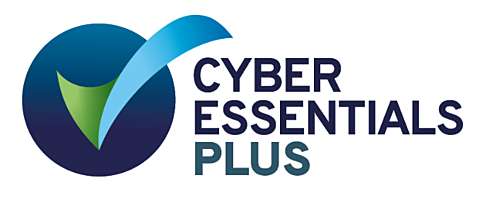Updating investment governance approaches
4 Nov 2020
Updating a collaborative model of investment governance
The feedback we received showed that we were appointed partly because the client thought we had fully listened to their issues and to what they were seeking to achieve and demonstrated that in our suggested scope and approach. The client anticipated we would be more facilitative in helping them understand a range of models they could adopt, to then design the best tailored solution for their circumstances, rather than coming in with a likely solution already in mind.
The client’s existing ways of working were highly collaborative, with a joint investment governance group comprising Trustee directors, independent investment experts and senior Company representatives who in turn kept the overseas parent informed on strategy. This way of working however did not enable the rest of the Trustee Board to be as fully engaged with the investment strategy as ideally needed.
Our initial work was to understand the current model, beliefs and strategy, the journey and risk environment for the DB scheme, and what potential future arrangements and ‘no-no’s had been already been identified, and the reasoning behind these. This involved background work and well prepared interview discussion with all the main people involved. This enabled us to challenge thinking where needed and to consider alternatives at a high level.
The resulting findings and alternative models were then brought through to the investment group and then to the Trustee Board in the relevant levels of detail, where we worked with a lead Company representative and the Trustee Chair to help position the findings and supporting materials.
We were able to take the client through the range of models from self-managed (their existing model) to full fiduciary management, and the main ‘stops’ in between. We showed how the different models worked, the pro’s and con’s – complexity, regulatory (e.g. FCA, s.36 advice), cost drivers and implications for budgets, and the roles for the main stakeholders under each model: the Trustee board, the Company, the in-house investment team/ resource, the pensions executive support team, an investment adviser, an external FM oversight consultant, the fund managers. In this way the client was able to see the differences and consider the realities of cost, regulatory aspects and transition, how much Trustee decision power to delegate, to whom and how to oversee this.
We also recommended ways to update the governance structure to more clearly define roles and protocols between the Trustee and Company, suggesting a Trustee investment committee be formalised with joint Trustee/ Company membership and chaired by one of the independent investment experts.
The client adopted the new structure with an initial phased move to an advisory model, maintaining the option of transitioning further towards a form of fiduciary arrangement over time.


